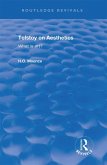
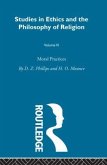
24,99 €
Versandfertig in 6-10 Tagen
Ähnliche Artikel

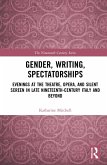
Broschiertes Buch
Evenings at the Theatre, Opera, and Silent Screen in Late Nineteenth-Century Italy and Beyond
31. Mai 2023
Routledge / Taylor & Francis
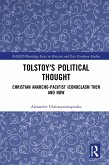
Broschiertes Buch
Christian Anarcho-Pacifist Iconoclasm Then and Now
1. April 2021
Routledge / Taylor & Francis
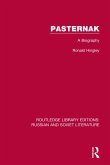
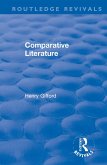
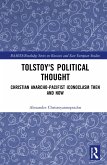
Gebundenes Buch
Christian Anarcho-Pacifist Iconoclasm Then and Now
18. September 2019
Taylor & Francis Ltd
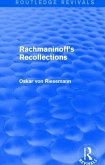
Broschiertes Buch
31. März 2021
Routledge / Taylor & Francis
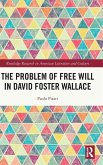
Gebundenes Buch
27. Juni 2024
Routledge / Taylor & Francis
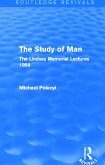
17,99 €
Versandfertig in 6-10 Tagen
Broschiertes Buch
The Lindsay Memorial Lectures 1958
4. Dezember 2014
Routledge / Taylor & Francis
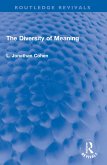
Ähnlichkeitssuche: Fact®Finder von OMIKRON
